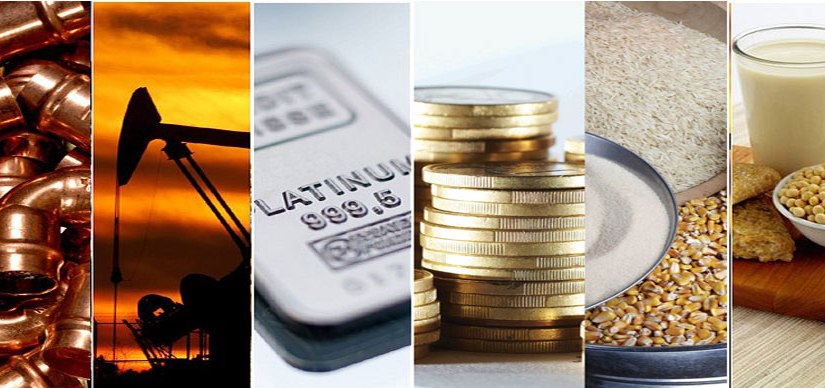
A commodity market has two players: the rational trader and the noise trader. No trader wants to be labeled, ‘noisy’. This due to the proven harsh experiences that such speculators undergo.
As you aim to win from the market, target to escape the noise circle. One way of achieving this is by focusing on the causes of trade noise. These include correction and volatility.
What is volatility? When should you apply volatility knowledge? How do you calculate volatility? Can you lose from the speculative markets with volatility knowledge?
You are about to get answers to these questions. Let’s jump to the main content.
What Is Volatility?
Financial volatility is the ratio of falls and rises of a commodity over a particular rate of return. The most common cause of this scenario is an imbalance in demand and supply.
For example, let’s assume there is overflooding during a plantation season. The aftermath may be over-destruction of wheat. There will be less produce from the commodity in the market for the season.
Assuming the demand for the crop maintains, the price may suddenly hike. This will result because more people will need the crop than the market can provide.
What Commodities Can Be Volatile?
Any commodity can be volatile. Commodities have to be volatile because of variability and unpredictability.
Consider agricultural produce. You can predict that their prices will start rising, later, after the harvest. As the market approaches the harvest season, the prices will rise higher. These seasonal changes may not be the same for all years, but the rise and fall patterns prevail.
Another typical example is the price of oil. The volatility is likely to rise when unpredictable circumstances occur.
Let’s say there is a halt in mining activities. The aftermath will be a highly volatile commodity.
The fourth industrial revolution sees transition into electric cars. This exposes the market for various natural commodities to demand and supply shocks.
Price dynamism closely relates to storage. When you can manage inventory of a commodity, there will be less psychological tension in traders. It’s on this ground that electricity is more volatile than most commodities. This is because it cannot be stored for immediate delivery.
Another determinant of volatility is the implication of the commodity on the global economy. For example, the volatility of currencies. The volatility of the USD (US Dollar) differs from that of the SGD (Singaporean dollar).
How Do You Calculate Volatility?
Use standard deviation. Assume you want to find the volatility for sugar for August. Using a spreadsheet, collect the daily prices for the commodity.
Find the mean price for the 31 days. Use the mean to find the daily deviation (deviation = daily record – monthly mean), square the deviation then get the sum of the squared deviation of the 31 days.
Divide this total by the 31 days. Finally, find a square-root of this total. That is the volatility!
If this sounds too much a calculation, there are various software to ease finding the volatility of a commodity. An example is Microsoft Excel. It has an in-built formula to simplify your calculations.
Check here on how to calculate volatility using Microsoft Excel.
“Why should I know how to calculate volatility?” You ask.
It’s simple. Knowing how to determine volatility enables you to make a wiser decision when picking the commodities.
Besides, you’re better placed in deciding to hold or sell the asset. This graduates you from a noise trader to a logical trader, with a higher potential of making a kill from investment in commodities.
Conclusion
Many traders continue to garner losses from the trade in commodities. Avoid this situation like hell. Learn the basics of winning from the commodities market. For example, what is volatility, and how does the knowledge make you a better trader? You know, right?
Now you are empowered to dive into the commodities market.
Explore more here
